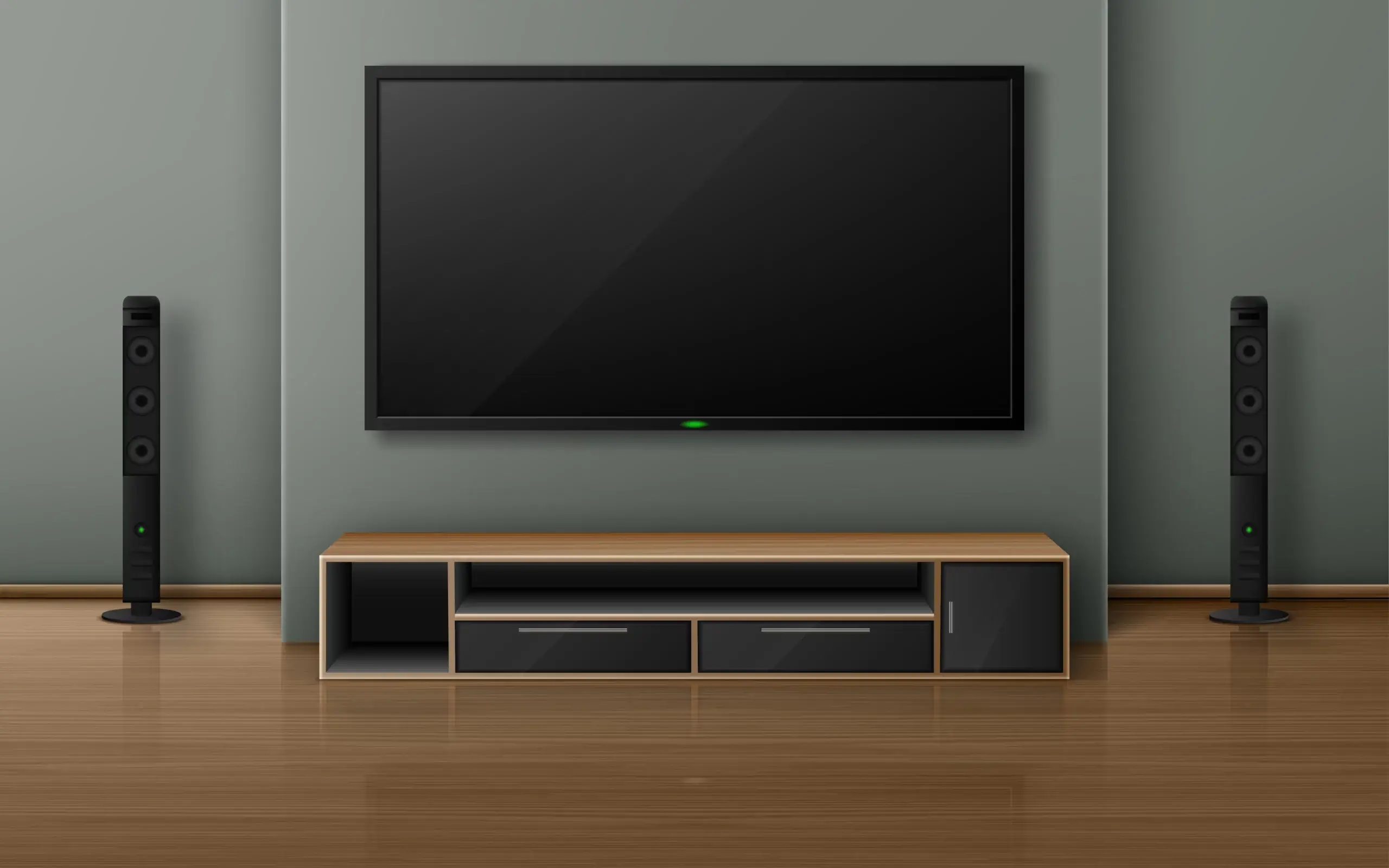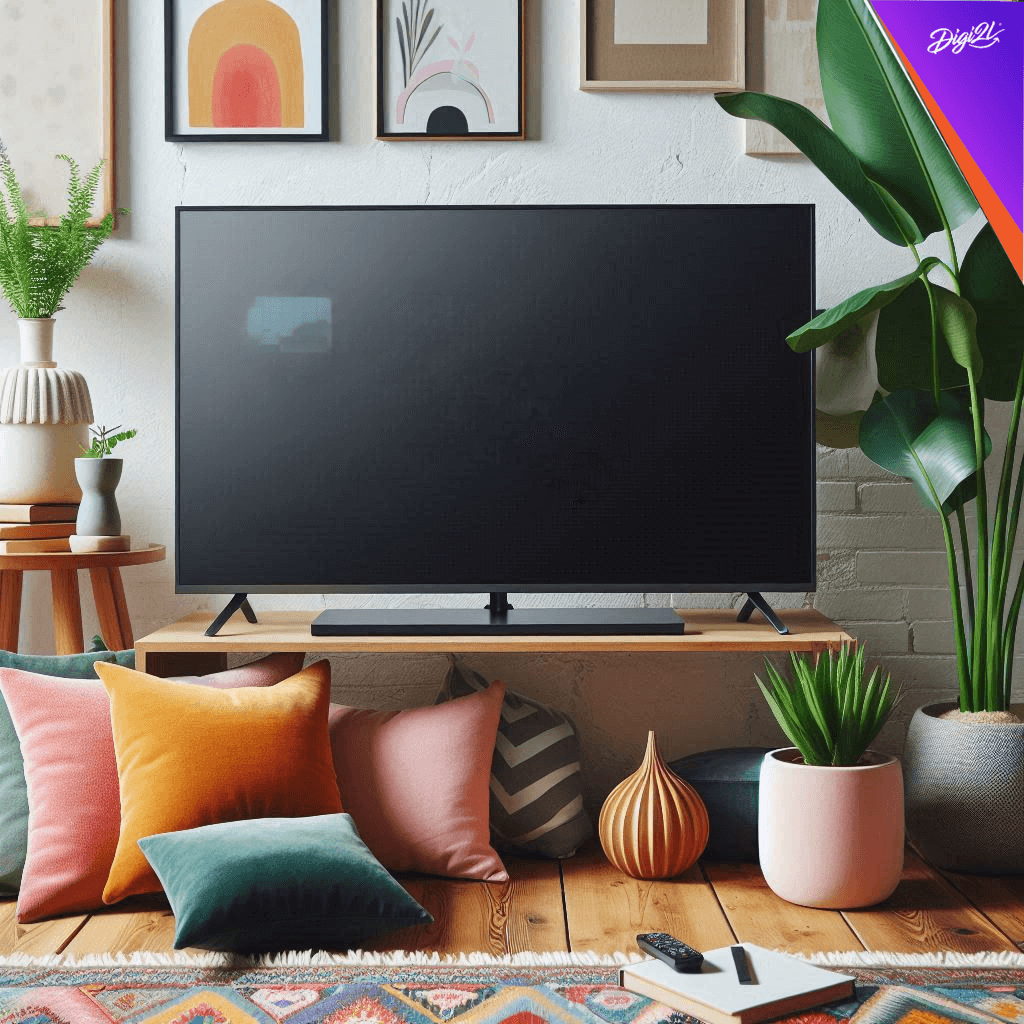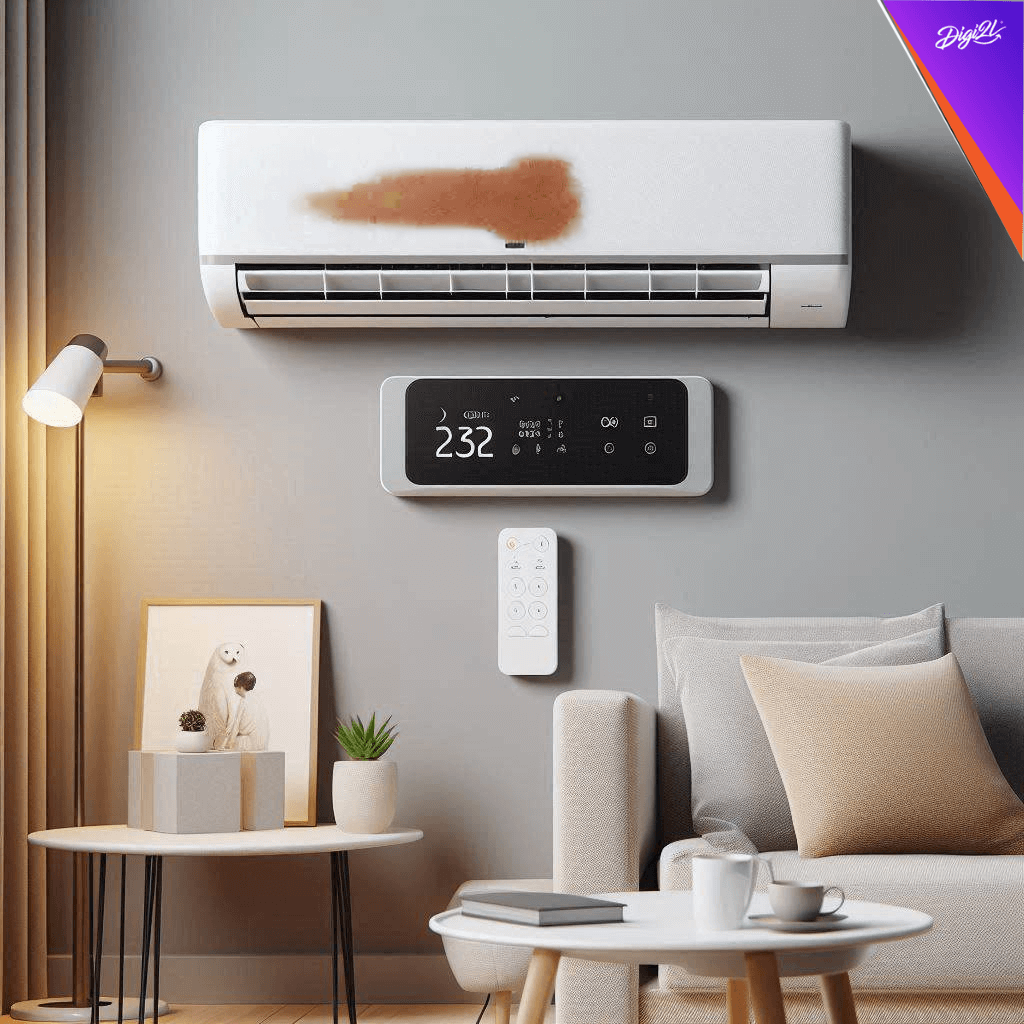
Please Wait ...


Blogs> Is Your TV Consuming Power Even When It’s Turned Off? Find Out!

The blog explores the concept of standby power consumption in modern homes, shedding light on how electronic devices continue to draw energy even when seemingly turned off. Referred to as standby mode or vampire power, this phenomenon affects various appliances, including televisions, game consoles, and kitchen gadgets. While in standby, these devices remain primed for quick activation, maintaining functions like remote control reception and internal clocks, albeit at a reduced power level. Standby power consumption varies among appliances, with newer models generally designed to be more energy-efficient. However, older devices may draw more power due to outdated technology. Beyond televisions, other common culprits of standby power consumption include game consoles, set-top boxes, computer peripherals, audio systems, and kitchen appliances like microwaves and coffee makers. The blog emphasizes the significance of understanding and mitigating standby power consumption to reduce energy waste and utility costs. It provides actionable tips for minimizing standby power, such as unplugging appliances when not in use for extended periods, using power strips with on/off switches, opting for energy-efficient devices, and leveraging power management settings. By unplugging devices or using power strips with switches, consumers can easily cut off power to multiple devices at once, eliminating standby power draw. Choosing energy-efficient appliances with low standby power consumption and energy-saving certifications like Energy Star further contributes to reducing overall energy usage. Moreover, the blog highlights the importance of utilizing power management settings available in appliances to automatically switch to low-power modes when idle. These settings can significantly decrease standby power consumption without sacrificing convenience. Overall, the blog underscores the importance of being mindful of standby power consumption and offers practical solutions for reducing energy waste in everyday life. By implementing these measures, readers can not only save on utility bills but also contribute to environmental conservation by minimizing unnecessary energy usage. Awareness of standby power and adopting energy-saving practices can lead to a more sustainable and environmentally conscious lifestyle.
In our modern homes, various electrical appliances have become an integral part of our daily lives. Many of these devices, including televisions, continue to consume power even when their screens are turned off but the mains power remains switched on. In this blog, we will delve into the concept of standby power and explore whether your TV and other electrical appliances consume energy during this state.
What is Standby Power?
Standby power, also known as standby mode or vampire power, refers to the energy consumed by electronic devices when they are in a standby or idle state. This mode allows appliances to respond quickly to user commands or remote control signals without the need for a complete startup sequence.
Understanding Standby Power Consumption:
Yes, it is true that TVs and other electrical appliances consume a certain amount of power in standby mode. When you turn off the screen but keep the mains power switched on, the appliance remains in a standby state, ready to be powered on at a moment’s notice. During this time, the device consumes a small amount of electricity to maintain certain functions such as remote control reception, internal clocks, and other background operations.
Power Consumption Variation:
The exact amount of standby power consumption varies among appliances and their respective makes and models. Newer devices are typically designed to consume less power in standby mode, thanks to energy-efficient technologies and regulations. However, older appliances may consume more standby power due to outdated designs.
Common Appliances and Standby Power:
While TVs are often highlighted in discussions about standby power, it’s worth noting that many other electrical appliances also consume energy in standby mode. Devices such as game consoles, set-top boxes, computer peripherals (e.g., printers, monitors), audio systems, and kitchen appliances (e.g., microwaves, coffee makers) may contribute to standby power consumption.
Reducing Standby Power Consumption:
To minimize standby power consumption in your home, consider implementing the following measures:
Unplug Appliances:
When not in use for an extended period, consider unplugging devices from the mains power to eliminate any standby power consumption.
Use Power Strips:
Utilize power strips or surge protectors with on/off switches to easily cut off power to multiple devices at once. This makes it convenient to turn off standby power when devices are not in use.
Energy-Efficient Appliances:
Opt for energy-efficient appliances with low standby power consumption. Look for products with energy-saving features and certifications such as Energy Star ratings.
Power Management Settings:
Check the settings of your appliances and enable any power management options available. These features can help reduce standby power usage by automatically switching to low-power modes when the devices are idle.
While TVs and electrical appliances do consume power in standby mode, the energy usage is generally lower compared to when they are in full operation. However, standby power consumption can add up over time and contribute to your overall energy usage and utility bills. By adopting simple practices like unplugging devices, using power strips, choosing energy-efficient appliances, and utilizing power management settings, you can minimize standby power consumption and make your home more energy-efficient. Being aware of standby power helps you take steps towards reducing unnecessary energy waste and becoming a more environmentally conscious consumer.
Image by upklyak on Freepik

By Digi2L - June 8, 2024

By Digi2L - June 7, 2024

By Digi2L - June 6, 2024